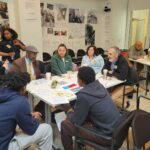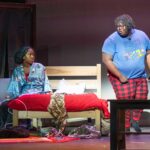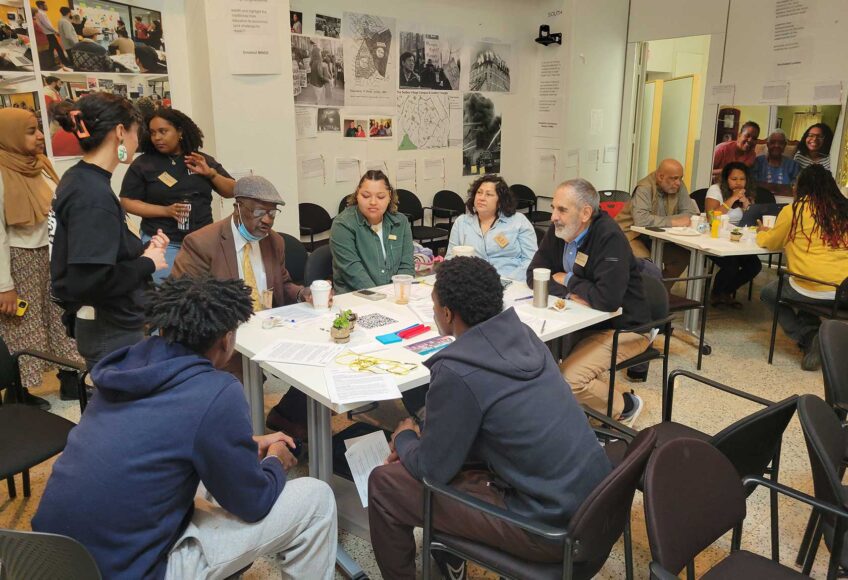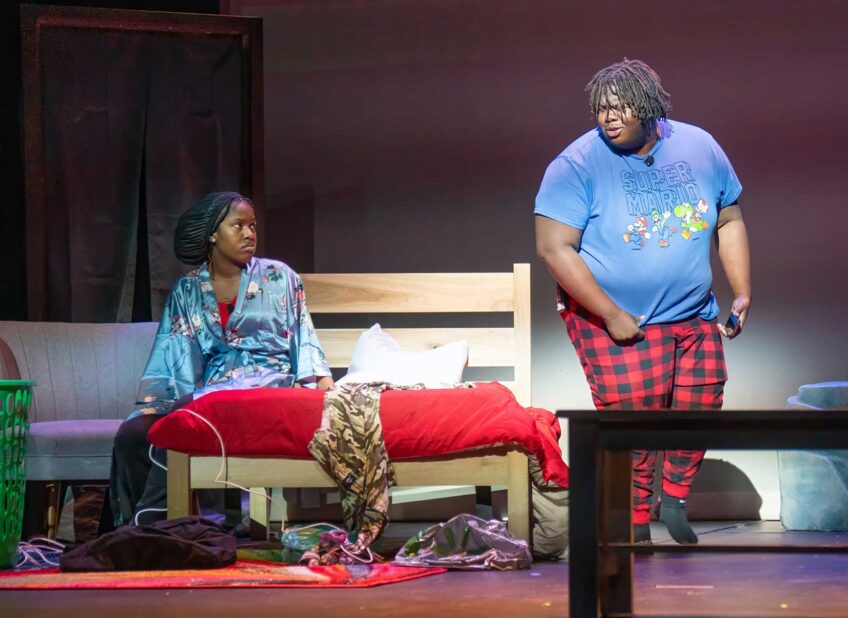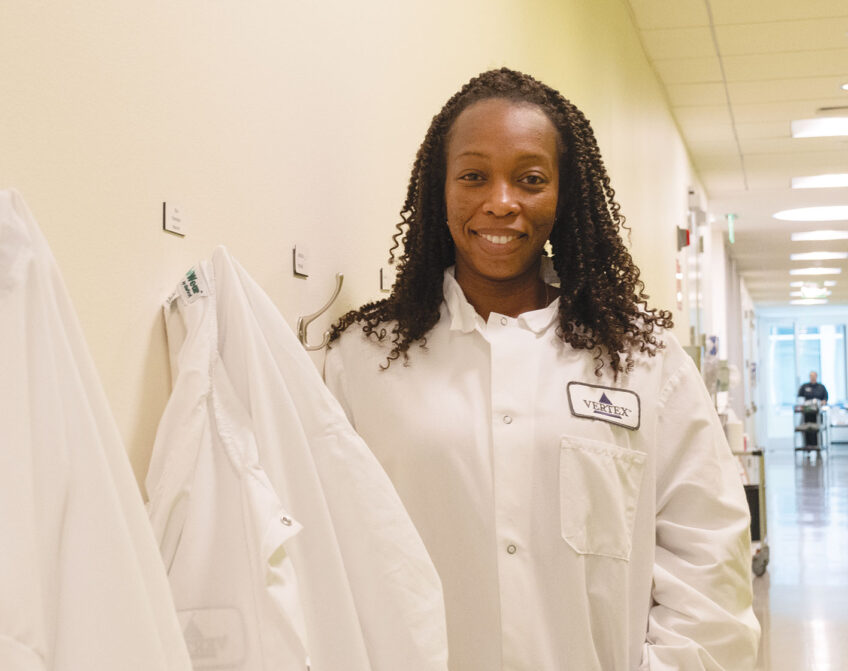Some question push for fall school opening
Health issues around opening schools in the fall are discussed

As local and state officials lay the groundwork for reopening school buildings in the fall, some are raising concerns over the potential risks and costs of bringing students back into classrooms.
During last week’s meeting of the Department of Elementary and Secondary Education board, Massachusetts Education Commissioner Jeffrey Riley said he will release plans to opens schools by September.
“I want to be clear, we are working to have schools up and running in the fall, with appropriate safety protocols,” he said during the meeting.
Schools across the state closed in March in response to the COVID-19 pandemic as state and local officials closed places of public accommodation to stem the spread of the coronavirus. As districts have pivoted to remote learning, many are struggling with issues including families that lack connections to the internet or even a quiet place for children to participate in online instruction, the difficulty in providing instruction to disabled children who might normally require one-on-one assistance, and the education of kindergarten through third-grade students who often have difficulty sitting still without an adult in the room.
School closures have also placed strain on parents who work, many of whom have been juggling unexpected homeschooling with working from home, as well as parents who have been laid off from their jobs. Increasing unemployment and the inability of parents to return to workplaces could have implications for efforts to restart the economy.
Yet parents and students looking forward to the start of the next school year are facing uncertain prospects. School officials have indicated they are looking at the challenges of how social distancing could take place during student transportation, classes and meals at schools. State Education Secretary James Payser told legislators in April that school officials need to be “prepared for the possibility that in-person education will be interrupted again.”
While the state is undergoing a phased reopening process, epidemiologists warn that Massachusetts could see a second surge of the virus if social interactions return to pre-pandemic practices. Currently, places of public accommodation such as restaurants and MBTA buses are operating at reduced capacity in order to curtail infections from the coronavirus, which can be spread through the breath in close quarters.
Many BPS schools may lack the classroom space necessary to keep students at a distance, not to mention the additional teachers it would require to function with smaller class sizes. Other challenges include school buildings with windows that do not open and ventilation systems that may not be up to the task of providing adequate fresh air.
Reasons for concern on opening schools in the fall
During an April 14 meeting, Boston Public Schools Superintendent Brenda Cassellius told city councilors she did not think the city could safely reopen schools during the fall.
“Children cannot be depended upon to socially distance,” she said. “I just don’t know how that is even possible, quite honestly.”
Last week, however, Cassellius told councilors she’s moving ahead with a planning process to reopen schools in the fall if key public health conditions are met, including declines in the number of COVID cases and deaths and increased capacity to test for the virus.
“The children would have to be able to return [with] their health and safety being guaranteed,” Cassellius said during a May 26 meeting. “I think that’s the hard box that the mayor and I would want to see checked off.”
The superintendent’s apparent change of heart caught City Councilor Ricardo Arroyo off guard. He questioned her logic and the wisdom of sending young children to schools using public health guidelines that were crafted with adults in mind.
“They’re not educators,” Arroyo said of public health experts. “They don’t work with third-graders and fourth-graders and second-graders. And they don’t recognize whether they’d be able to keep masks on and social distance. My concern is that the reopening is becoming a political decision.”
Cassellius said she and Mayor Martin Walsh remain focused on students’ needs.
“We’re always going to be focused on the children, not on a political decision,” she said.
Boston Teachers Union President Jessica Tang cautioned that any reopening plan should be crafted with equity as a guiding principle.
“Reopening schools should not mean going back to a way of schooling that does not take care of the highest-needs children,” she said.
Tang said schools with higher concentrations of black and Latino students have traditionally had less access to counselors. Given that many students have lost family members to COVID-19, she said the needs for counselors and mental health professionals will likely be greater for students from communities that were hit hard by COVID.
Many low-income families could also be facing evictions, economic insecurity and other challenges that could make it difficult for students. Students from struggling families will likely need more time to catch up on their academics than their middle-class peers.
“How do we ensure that when we reopen schools, those who didn’t have what they need before will have what they need moving forward?” she said.
During the City Council hearing last week, Arroyo said he would like to see detailed plans from BPS on how the district will handle the challenges posed by the pandemic.
“We don’t have the capability to ask students every day if somebody in their family is getting tested for COVID-19 and awaiting results,” he said. “And if the answer is yes, what’s the answer to that? Do we tell them to stay home? Do we wait till the results come in before we tell them to stay home?”
Arroyo suggested putting more effort into strengthening the district’s remote learning plan.
Cassellius acknowledged that schools may not be ready to open in the fall, but she said the planning must continue.
“We will have to reopen at some point, whether it’s now, whether it’s in the fall, whether it’s sometime in the winter,” she said. “It’s on us to have those plans so well laid out, so well thought out … so we have all of those contingencies as part of our decision matrix ready and available now, so the public will be able to see them transparently.”

